
With a distinctive juxtaposition of ancient traditions and groundbreaking technology, Japan
has always been an alluring destination for visitors. With stunning natural landscapes, a world-class food scene, trendy fashion, one-of-a-kind shopping, and electrifying pop culture, there is a reason for everyone to experience Japan at least once in their lifetime.
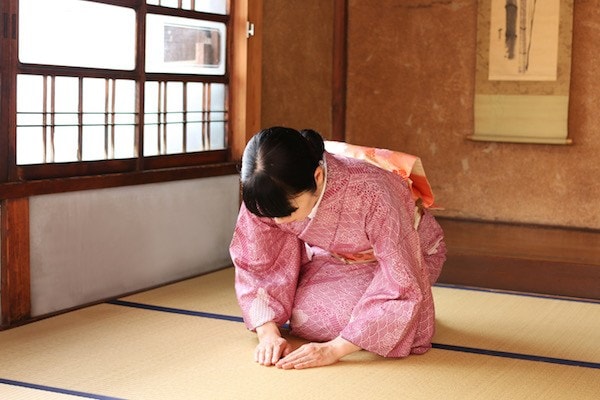
Japan is a welcoming and forgiving country to foreigners. So long as you are respectful, you are not expected to follow every rule of conduct. With that said, it will make your trip even more rewarding and memorable if you gain a general understanding of Japanese culture. Yes, there’s a lot to learn, but let’s start with the basics. Here are the 20 things you should know before visiting Japan.
1. To bow or not to bow
Offering a bow is a Japanese way of greeting, acknowledgment, respect and more. As a foreigner, it can get a little uncomfortable when you’re greeted with a profusion of bowing. If you’re not comfortable, you’re not expected to bow as a foreigner. However, a slight nod and a simple handshake are totally acceptable.
At shops and restaurants, customers are typically welcomed by the staff with the greeting “Irasshaimase”. Again, a slight nod would be nice for those who want to reciprocate the greeting, but you are not required to respond.
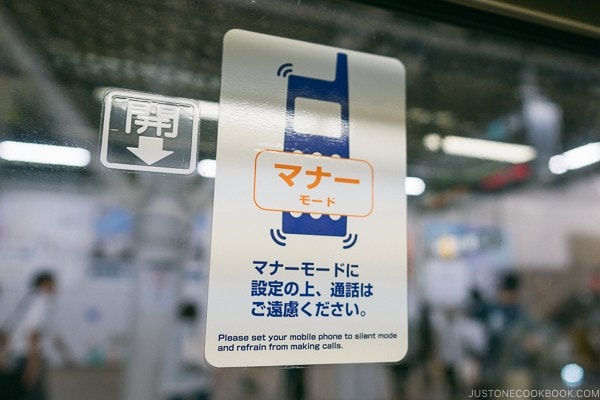
2. No phone calls or loud talking on a subway or public transport
When you are onboard the subway or any public transport in Japan, you will notice people rarely talk to one another. Sending texts or playing video games are acceptable, but phone calls or talking loudly is strictly not welcomed. There is ‘no sound’ policy display everywhere on carriages on trains, as a reminder to respect the privacy and space of other passengers. That’s how the Japanese like it. Why not take this time to practice mindfulness and moments of silence?

3. No tipping. Hooray!
Yes, you hear that right. Tipping is not a favorable practice in Japan. The Japanese have been priding themselves as one of the best services in the world and it is how they demonstrate their hospitality. In many situations, it can be considered rude or even insulting to tip. If you insist to leave a tip behind, someone will likely run after you and politely return the money back.
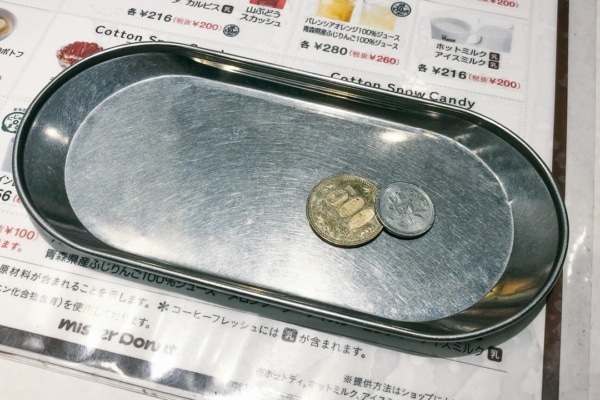
4. Make your payments on change trays
Whether you’re at a restaurant or in a store or a post office, there will be a small change tray for payment purposes. Instead of handing the money directly to the cashier or the clerk, you want to place your cash or credit card in the tray provided. On a rare occasion, if no tray was provided, hand your credit card or money to the person.
Speaking of cash and credit card, many restaurants and shops still take cash only (More merchants in Tokyo accept credit card over the past few years). Prepare ¥10,000-20,000 ($100-200) in cash to avoid awkward moments.
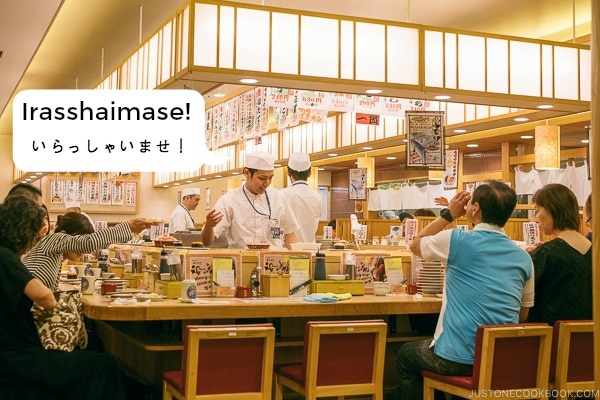
5. Irasshaimase!” (いらっしゃいませ!) How do you respond?
‘Irasshaimase!’, ‘Irasshaimase!’. The moment you step into a store or a restaurant in Japan, you will find yourself being bombarded by overly enthusiastic and at times dramatized greetings by the shop assistants at every turn. The phrase ‘Irasshaimase!’ (いらっしゃいませ!) means ‘welcome to the store/restaurant!’. It is a standard greeting used at almost every store in Japan.
With so much attention given to you, you may feel like you need to say something back. There’s really no need to respond to the warm welcome. If you insist, you can show some acknowledgment by nodding.
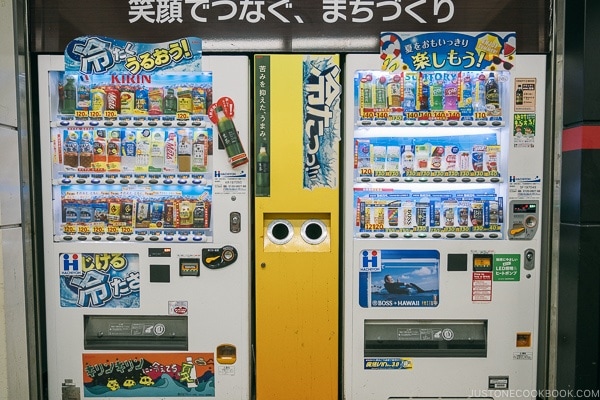
6. Where are the trash cans?
Japan is probably the cleanest country in the world, yet, it may shock you to know that there are very few public trash cans in sight. Since littering is an offense, where do the bins go?
The primary reason for this practice is as a safety measure after the sarin gas attack by a doomsday cult in Tokyo Subway in 1995 that caused many deaths and injuries.
If you do not want to carry a banana peel for miles, we recommend keeping a small paper or plastic trash bag with you when you are out and about. Also, there are always recycling bins right next to the vending machine. Whether you finish drinking the bottle or not, you can always find a vending machine to throw away your finished cans and pet bottles, but do not throw away other trash there.

7. It is rude to eat or drink while walking on the street or on the subway
Why is it considered rude to eat and walk in Japan? Well, it has to do with the notion that you should always be considerate with all your actions when you’re in the public. If you are eating while walking on a busy street, you might accidentally spill your food onto someone or create a mess on the ground.
Now there are vending machines, street stalls, and eateries everywhere. You can eat and drink right on the spot. There will be a bin next to the vending machines for you to recycle the can/pet bottle. If you’re buying food from a street stall, there is usually a dedicate area for you to consume the food right away. Since there are very little trash cans in public, it makes sense that one is not encouraged to eat while walking or on a train.
That said, you will still see people, especially the young Japanese, eating foods in public or in a busy touristy area.
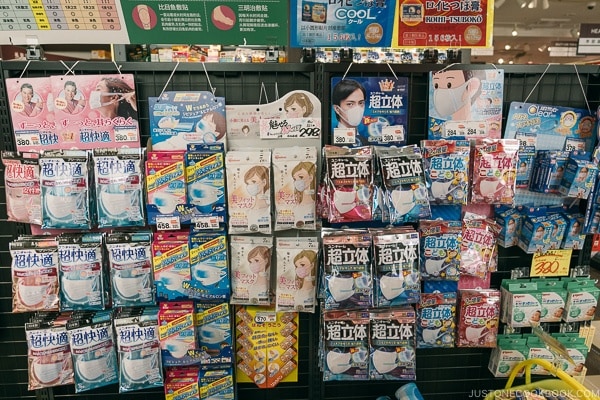
8. What’s up with the surgical masks?
Walking through the streets of Japan, you may start wondering why are people wearing surgical masks everywhere. Is there a cold going on? Is it for hygiene reason?
To begin, mask-wearing can be traced back to the early years of the 20th century, when a rampant of influenza killed millions of people around the world. The practice was then carried on as global flu epidemics, air pollutions and other environmental occurrences took place. Mask-wearing started off as a prevention measure and became a prevalent habit adopted by the Japanese society.
Today, masks have even evolved into a multifaceted object. A lot of people wear masks to block out the high pollens in spring and to prevent from getting flu in winter months.
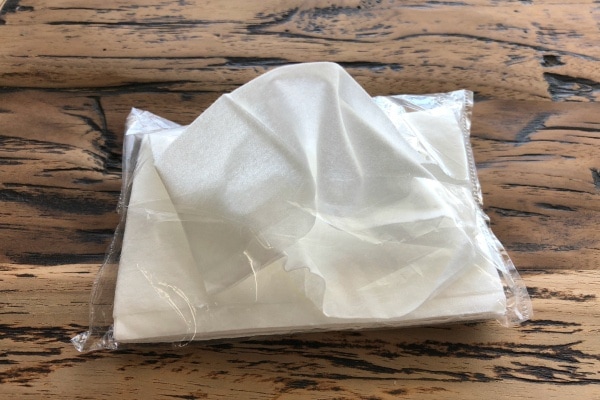
9. Nose blowing in public
In a public area in Japan – on the train, in a workplace, around the mall – you may never hear a ‘honk’, or even someone lightly blowing their nose. Instead, you will hear the soft sound of sniffling. As in many parts of Asia, sniffling is considered polite, until you find a bathroom to blow your nose.

10. Sometimes you need to take off your shoes
Like many other Asian countries, when you visit someone’s home in Japan, always remove your shoes. It is considered rude to bring dirt into a person’s house. Some restaurants and temples may also require visitors to remove their shoes before entering. Wear guest slippers whenever they are provided. To avoid any moments of embarrassment, be sure to keep your feet hygienic or wear some clean socks during your travel.
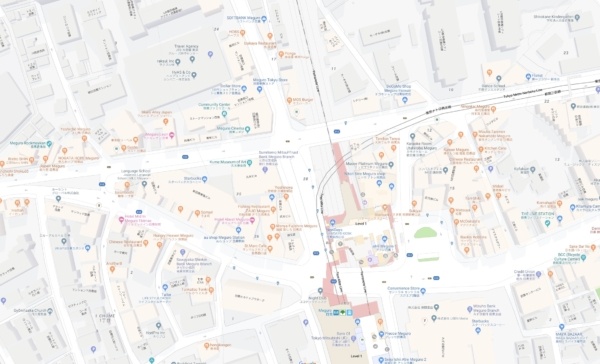
11. The Japanese address system is not as straight-forward
Instead of building or house number on a specific street, the Japanese address system is completely different from the rest of the world. It uses geographic entities and areas. When it’s written in Japanese characters, a typical address starts out with a postal code, followed by a prefecture, a municipality, a city district, numbers of the block and building, and then an apartment number if included.
As if it’s not confusing enough, the address is written in the opposite order when it is in the Roman alphabet. That means, you start from the numbers and goes back to the postal code.
Example) 東京都庁 (Tokyo Metropolitan Government Building)
163-8001 日本東京都新宿区西新宿2-8-1 (Japanese)
2-8-1 Nishi Shinjuku, Shinjuku-ku, Tokyo, 163-8001, Japan (Roman alphabet)
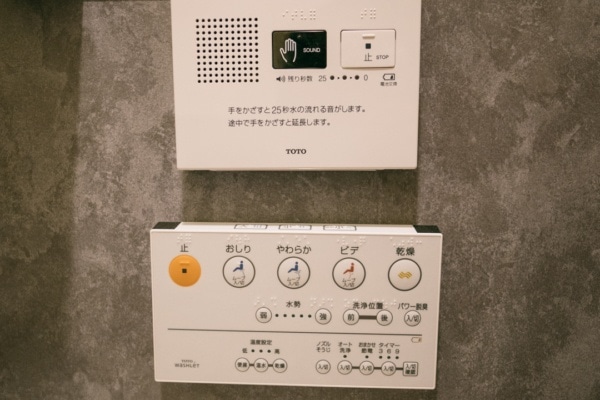
12. The high tech toilets and the surprised squatty potty
Toilets in Japan are like a smart Instant Pot. Known as washlets (ウォシュレット) locally, these high-tech toilets come with impressive features like water pressure adjustment, air-dryer, seat warmer, power deodorizer, noise maker, water sprays to wash your bottom etc. Not all of them come with English labels, but you can probably figure out the graphics instructions. Just don’t be afraid to experiment.
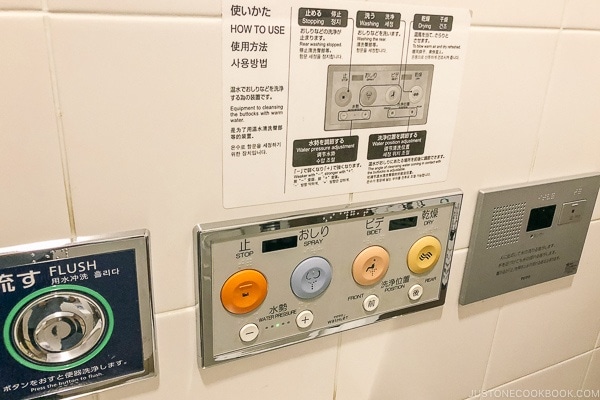
Sometimes you might come across traditional squat toilets, especially in the rural areas. If you have to use them, just remember to stand over the basin and squat down facing the hood of the toilet. Make sure both feet are down and don’t tiptoe. You don’t want to lose your balance.
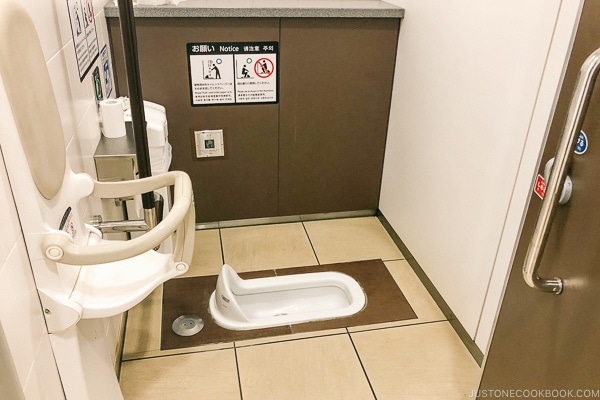
Bear in mind that toilet etiquette is very important in Japan, so make sure you keep it clean and tidy after use.
Wish to experience more? There is a Toto’s Toilet Museum in Kyushu island where you can marvel at the Japanese toilet artistry.
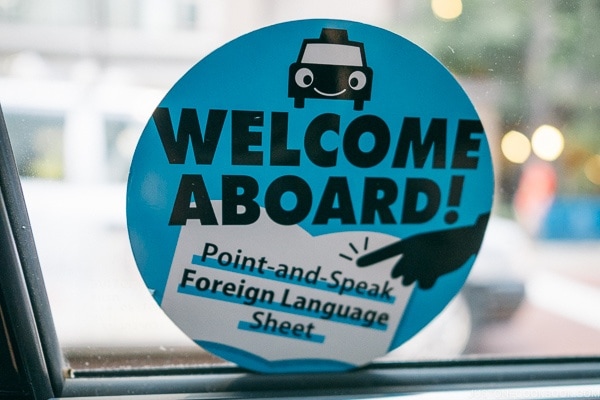
13. English isn’t widely spoken (or written) in Japan
Even though millions of tourists visit Japan every year, it may surprise you that English is not widely spoken amongst the locals. Except in major tourist areas, English signages are also not as readily available. This may pose some challenges to communication or for getting around in Japan, but it’s one that the Japanese always handle with patience and good humor. Sometimes the person may understand you, but are a little shy to respond in English. Try not to interrupt when he/ she is thinking about an answer. Of course, it always useful if you could learn a few basic Japanese phrases before you go.
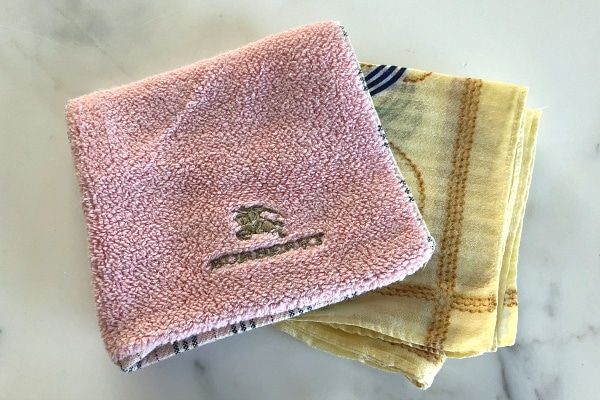
14. Carry a handkerchief
Some of the older public restrooms do not have paper towel dispensers or electric hand blowing machines. Japanese have a custom of carrying handkerchief (and pocket tissue) in their pocket or purse. You may need to use it to dry your hands at public restrooms, office buildings, and schools.
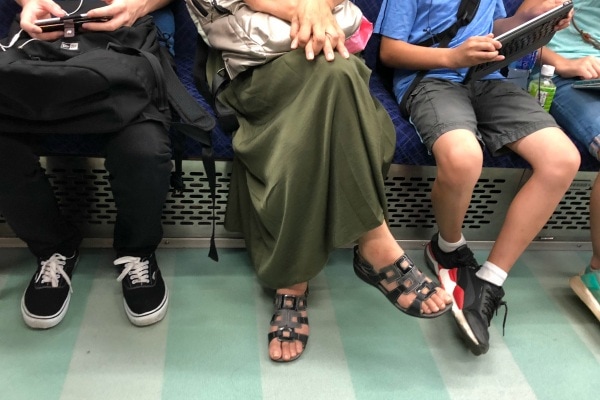
15. Crossing your legs
You may notice, for example in a formal setting or on a train, that Japanese do not sit with their legs crossed. Not even their ankles. It is considered disrespectful to the people around you. Instead, Japanese sit up straight with their feet planted on the ground, especially when sitting across from someone.
It may not be an easy thing to remember as a tourist when it is so natural to cross your legs or ankles. However, remember not to cross your legs and be mindful of others when you are on crowded subways and trains.
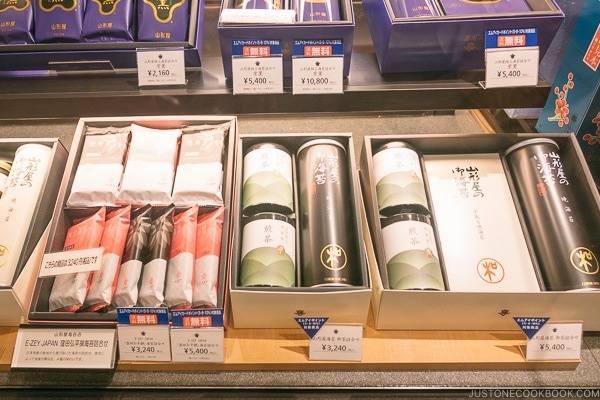
16. Gift giving
Gift giving is part and parcel of the Japanese culture. If you are visiting someone in Japan, it is customary to bring a small yet meaningful gift to the person. Be it something special from home or a simple food like cake or chocolate, your gesture will be greatly appreciated. Just be sure the gift is nicely wrapped. The presentation of the gift shows that you care and respect the recipient.
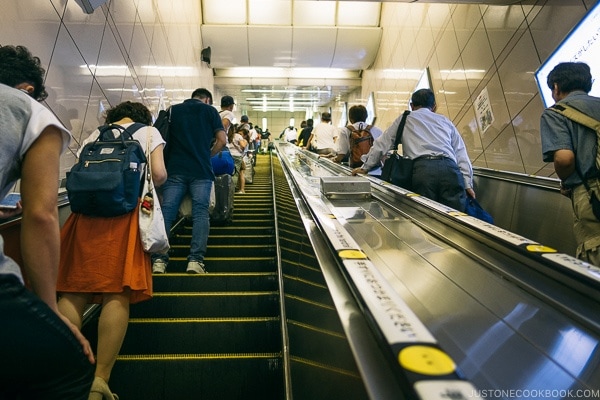
17. Escalator etiquette
With sprawling high scrappers, subways and shopping malls all over the cities, you will find yourself riding escalators very often in Japan. If you do not wish to get a stern look or get stared down when using the escalators, the simple rule is to leave one side of the escalator open so that those in a hurry can pass.
In Tokyo and other cities in the Kanto region, people stand on the left side, whereas in Osaka and the Kansai region, people stay on the rightside, and leave the left side for others to pass. As a visitor, the easiest way is to follow the person in front of you, unless you have got this memorized.
In the recent years, the railway companies and Japanese escalator etiquette have been promoting a ‘do not walk on escalators’ campaign due to the increasing injuries. Despite the effort, this initiative hasn’t been seriously practiced by the public. To be honest, you will be fine as long as you observe the basic etiquette and be careful of the people around you.
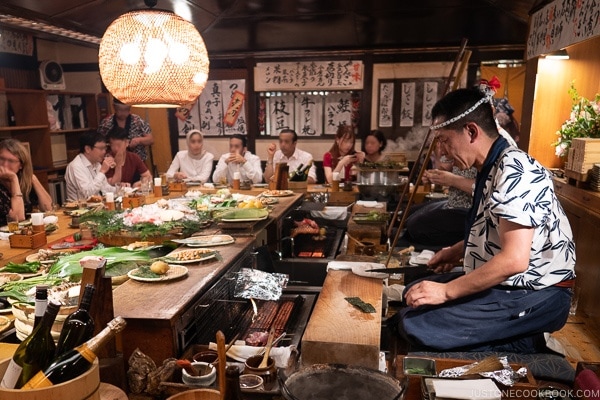
18. Dining with a big group of friends may not be so easy
In Japan, most restaurants are very small, and majority of tables are for four guests, and tables for 6 are very rare. When you travel to Japan with a big group of friends and family, consider breaking up into smaller groups when dining. Otherwise, you will likely to have a hard time dining together as you will not be seated at the same time.
That said, you can still find restaurants that cater to big groups of customers. Izakaya chain restaurants (drinking places where salarymen go after work) are one of them. But one thing to remember, many of these places allow smoking at the tables.
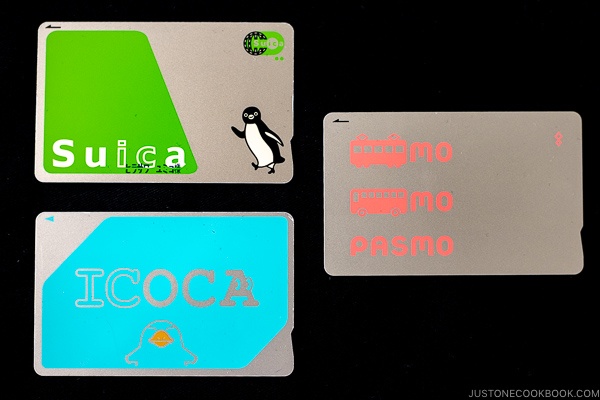
19. Get prepaid transportation IC cards
For your travel convenience, you want to get one of the IC cards like Suica, Pasmo, and Icoca. With just a single of these cards, you can travel on almost all trains (not Shinkansen), subways and buses in most of Japan’s largest cities.
IC cards are rechargeable and you can conveniently pay fares at ticket machines at any stations. Not only you can use the card for paying public transportation, you can also use it for making payments at convenience stores, vending machines, shops, and restaurants by simply touching the card on a reader.
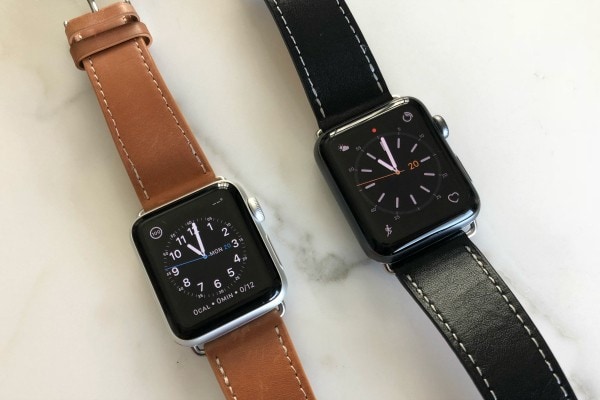
20. Always be on time
Punctuality should be a universal habit, but we understand not every culture regards the concept of time the same way. If you are coming from a laid-back culture where it’s a norm to be late, you may want to take note of this. In Japan, punctuality is taken very seriously. You do not want to be late for any meeting – be it formal or informal. This kind of discipline applies to all aspects of life and it is what makes Japan such an orderly society.
There is plenty more about the Japanese way of life and no better way to learn about it but to experience it. If you’ve already traveled to Japan, what did you learn whilst visiting Japan? What are some things you wish you knew before you got there? Tell us all about it in the comments section below.


No comments:
Post a Comment